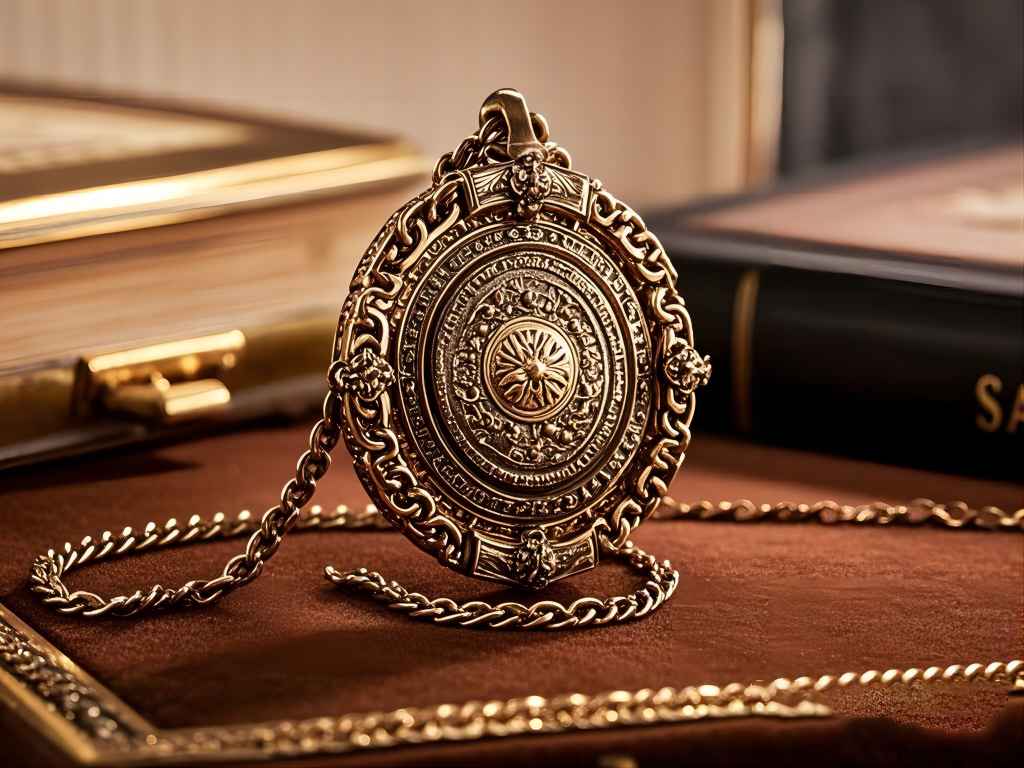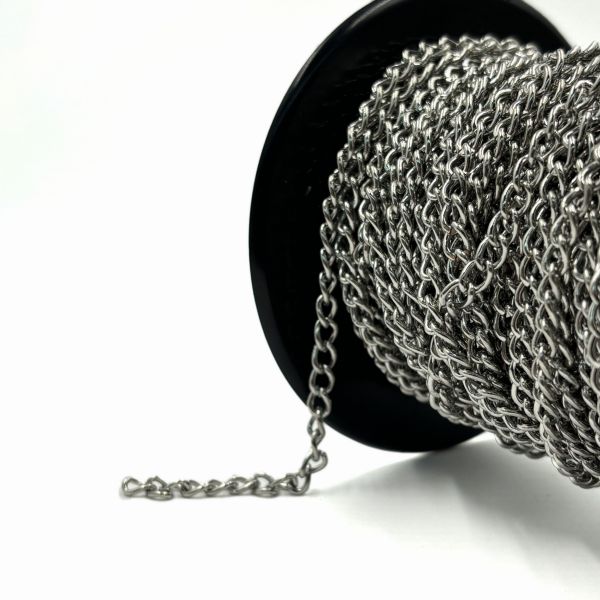Ball Chains A Comprehensive Guide to Styles Durability and Applications

Ball chain appears to be one of the simplest components, but it is so versatile that it is very functional in addition to being decorative. They can surprise you with their various purposes, ranging from eyeglasses and ID badge holders to jewelry and industrial fasteners. This detailed article will take you through every detail in the fascinating world of ball chains, their wide variety of styles, incredible strength, and a myriad of applications. Recognizing the subtleties of ball chains enables wiser option-making that guarantees the ideal chain for even the most fragile of pendants or the strong commercial application imaginable. Styles: From Different Styles – For All the Occasions
This is what I like about ball chains; They promise a variety of styles and functions — no blanket statement fixes for these pieces. The dimensions of the actual balls are one of the key differentiators. Small, fine balls offer a dainty, sophisticated appearance that is ideal for finer jewelry and more delicate additions. On the other hand, large balls provide a stronger and more solid presence, perfect for more massive objects or those on a larger scale where robustness is needed. How much the ball diameter affects the total strength and weight of the chain.
Not to mention, the metal material greatly affects both the look and function of the chain. Stainless steel: This offers optimal resistance to rusting, a high strength-to-weight ratio, etc. Brass: This can provide a warm, golden color and is less expensive than some metals. Sterling silver: This is a highly desirable metal due to its luster and resistance to tarnishing. Different metals offer different visual appeal and durability; hence, various applications and price points. Different types of finish within only one metal type, though, can produce visually disparate effects. Chains that are polished, have a smooth, reflective finish, and chains with a matte finish have a refined, subtle aesthetic quality.
Other than ball size and the metal its bright— the length and style of the chain are critical too. Chains can be as small as a few inches for key chains or other items, and they can be as long as decorative chains or chains for industrial purposes use. While some chains have identical-sized balls across the board, others are more complex, with size variations in balls or other decorative elements in addition to the balls. The options are truly limitless, which guarantees that just about any project or taste will have a good ball chain match.
Durability – Strength and Longevity in Different Metals
The material about which a ball chain is built determines its toughness. Stainless steel ball chains, for example, are appreciated for their strength and corrosion resistance. They can handle a lot of abuse and are ideal for heavy-duty applications, where the tool is going to be used one way or the other, over and over again. They are very durable, which is why they are commonly used in industrial locations and for things that are constantly being touched.
Similar to stainless steel, but slightly less durable, brass ball chains can also be treated with finishes and coatings for better resilience. They show lower corrosion resistance compared to stainless steel, but their low inherent strength and ductility make them useful for all applications. With proper care, brass chains can last for many years.
These sterling silver ball chains are really elegant but they need to be handled with more care. Although pretty, silver is also prone to tarnishing and needs cleaning from time to time to bring back its shine. But with some maintenance and care, a sterling silver ball chain will last for many years as a decorative or functional piece.
Ball chain strength can also vary based on quality manufacturing and materials. In general, chains manufactured with superior materials and more precise manufacturing techniques will be stronger and last longer than chains made from lesser materials and less rigorous processes. So it pays to spend a little more for a premium ball chain rather than experiencing premature failure and higher overall costs.
Uses: From Jewelry to Industrial
Ball chains are one of those accessories that is surprisingly versatile. They have an extensive variety of applications and are not only used for making jewelry. Ball chains are commonplace in the world of fashion and accessories. They are commonly made use of in necklaces, bracelets, anklets, and also keychains. The effortless sophistication of these tooth beads pairs with so many different aesthetics and can be seamlessly integrated into casual and more dressy pieces.
Aside from decoration, ball chain is also commonly applied to identity badges, eyeglasses retainers, and attachments of small items. They are made sturdily enough to be fastened on a person so that they do not get misplaced or suffer damage. Ball chains are used in the industrial segment for lifting applications, tensioners, and also in the form of an accessory in household furniture and other consumer products.
Ball chains are so versatile they can be used in a thousand creative projects. They are unique in the way that artists and craftspeople use them, utilized and incorporated within sculptures, jewelry designs, and functional household items. This makes them an effective means for creative expression since they are also pliable, and easy to manipulate.
In the end, how you use a ball chain will depend on the specifics of your project or task. Recognizing the features of each ball chain style and how other materials are measured can help in selecting the proper chain to provide the best performance and shelf life for its intended application. Whether it be a dainty necklace or bulky industrial parts, the humble ball chain never fails to deliver on the promise of minimalistic design and reliable function.



